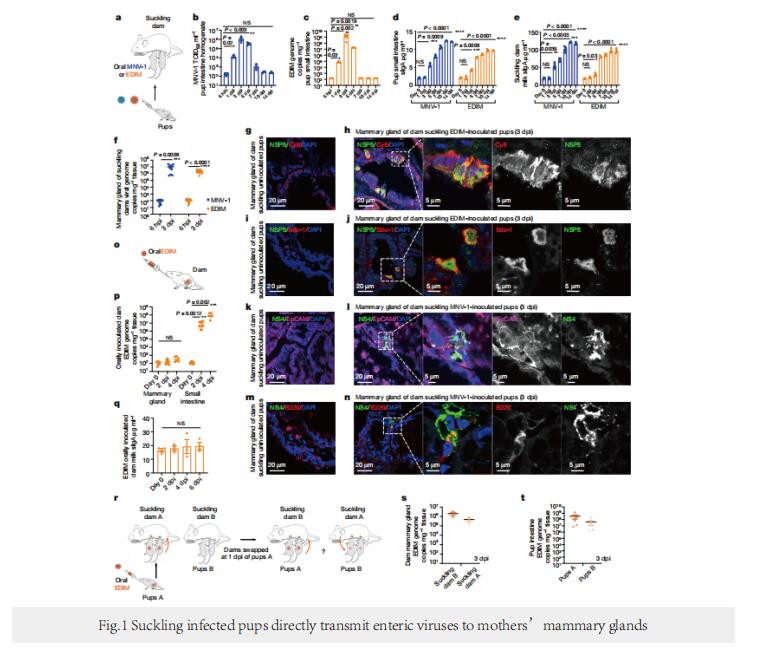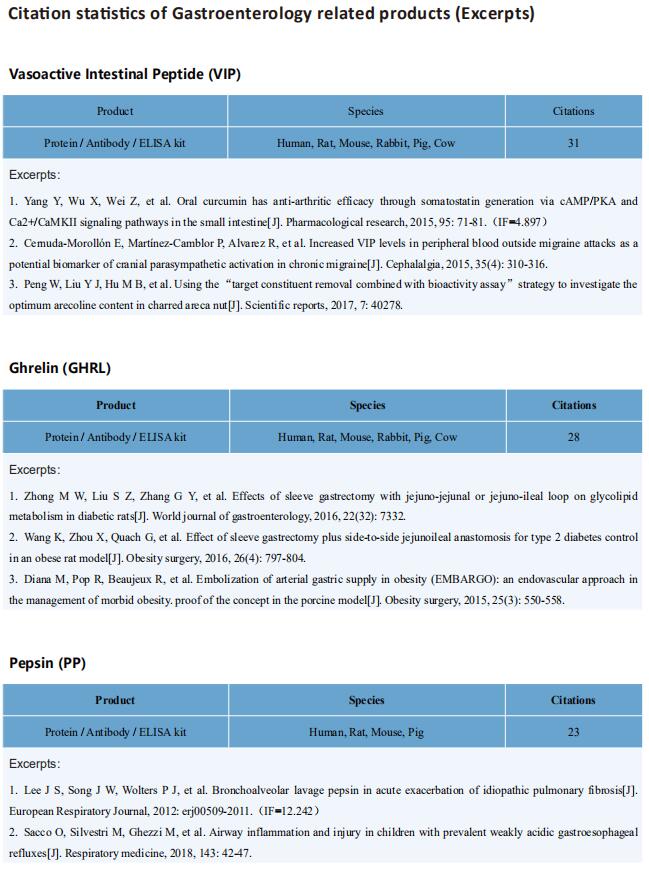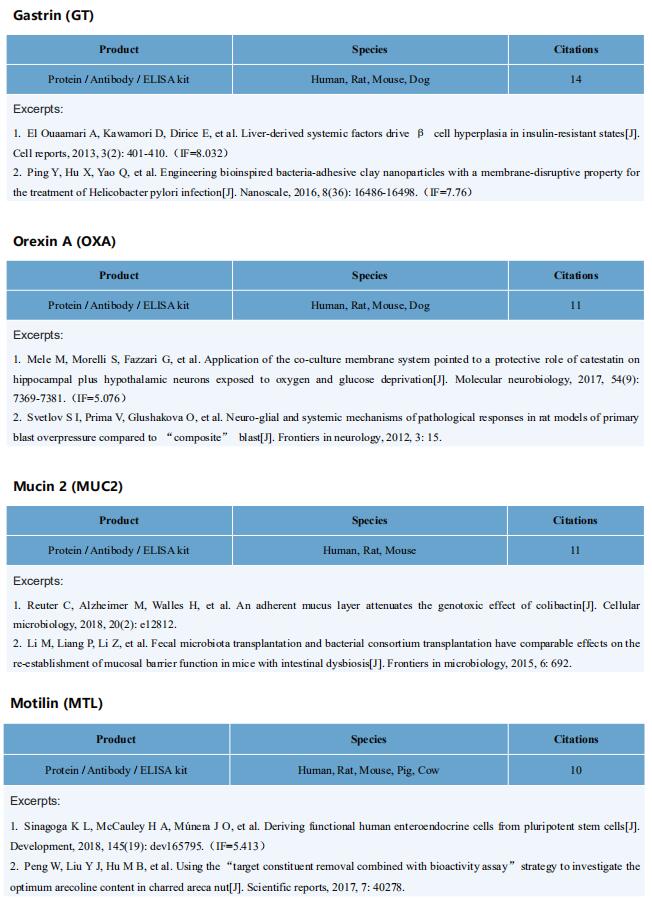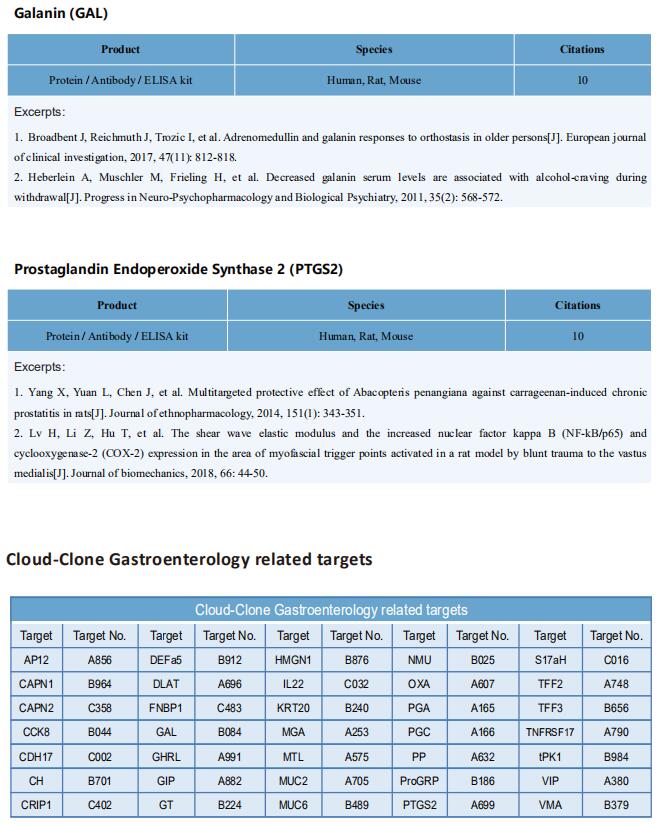Enteric viruses replicate in salivary glands and infect through saliva

On June 29, 2022, N. Altan-Bonnet, Laboratory of Host-Pathogen Dynamics, National Heart Lung and Blood Institute, National Institutes of Health, USA, and his team published a paper titled “Enteric viruses replicate in salivary glands and infect through saliva” in Nature, which uncovered a new transmission route for enteric viruses.
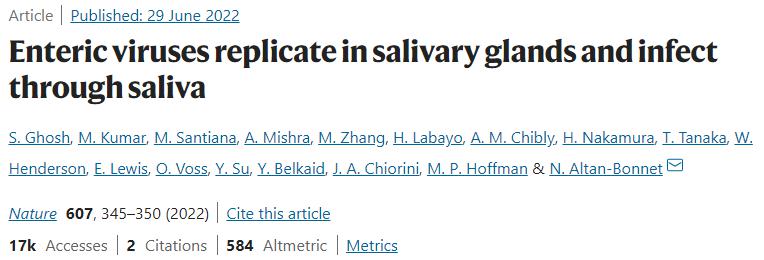
The kits [ELISA Kit for Secretory Immunoglobulin A (sIgA), SEA641Mu] of Cloud-Clone brand was chosed in this article, we are so proud for supporting the reaserchers.


Enteric viruses like norovirus, rotavirus and astrovirus have long been accepted as spreading in the population through fecal–oral transmission: viruses are shed into feces from one host and enter the oral cavity of another, bypassing salivary glands (SGs) and reaching the intestines to replicate, be shed in feces and repeat the transmission cycle. Yet there are viruses (for example, rabies) that infect the SGs, making the oral cavity one site of replication and saliva one conduit of transmission. Here we report that enteric viruses productively and persistently infect SGs, reaching titres comparable to those in the intestines. We demonstrate that enteric viruses get released into the saliva, identifying a second route of viral transmission. This is particularly significant for infected infants, whose saliva directly transmits enteric viruses to their mothers’ mammary glands through backflow during suckling. This sidesteps the conventional gut–mammary axis route and leads to a rapid surge in maternal milk secretory IgA antibodies. Lastly, we show that SG-derived spheroids and cell lines can replicate and propagate enteric viruses, generating a scalable and manageable system of production. Collectively, our research uncovers a new transmission route for enteric viruses with implications for therapeutics, diagnostics and importantly sanitation measures to prevent spread through saliva.
